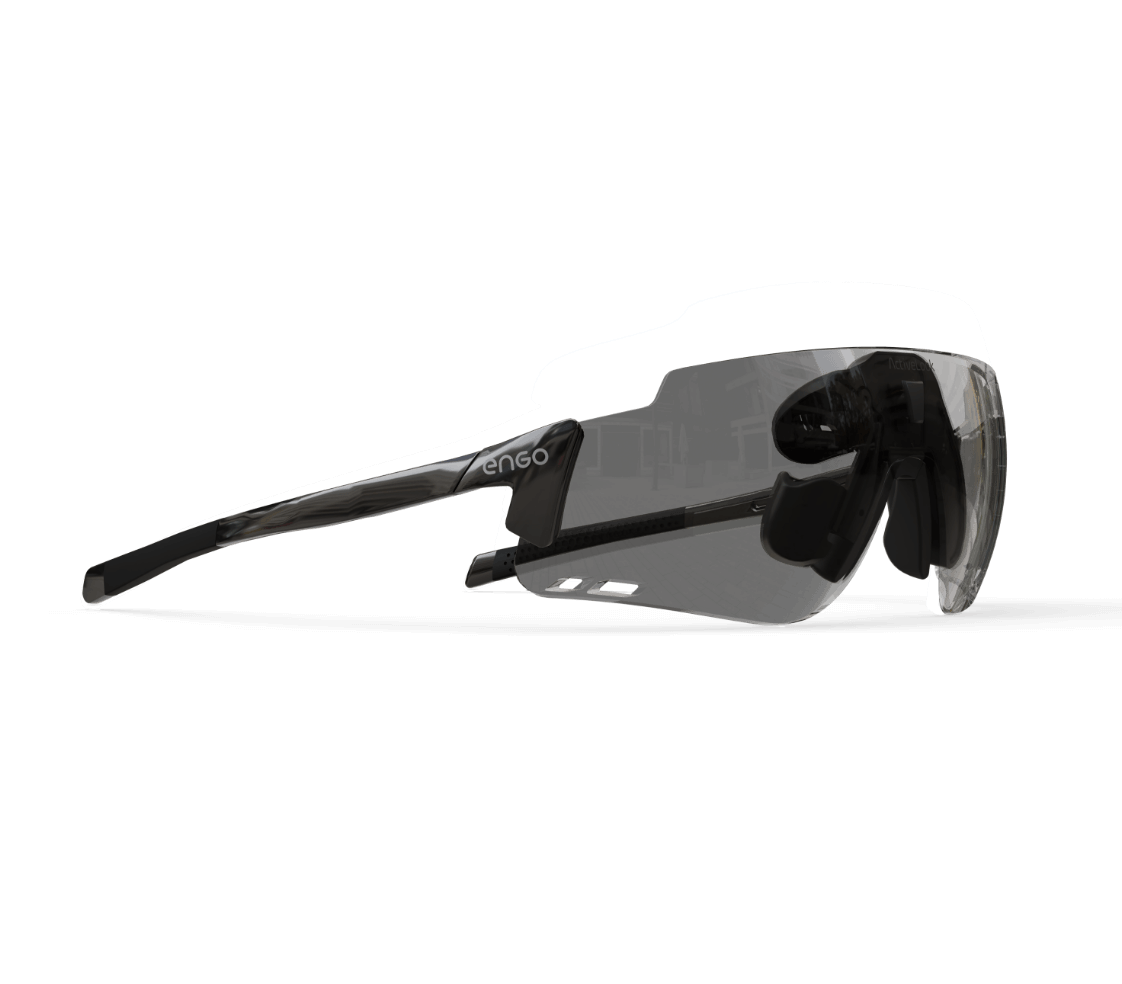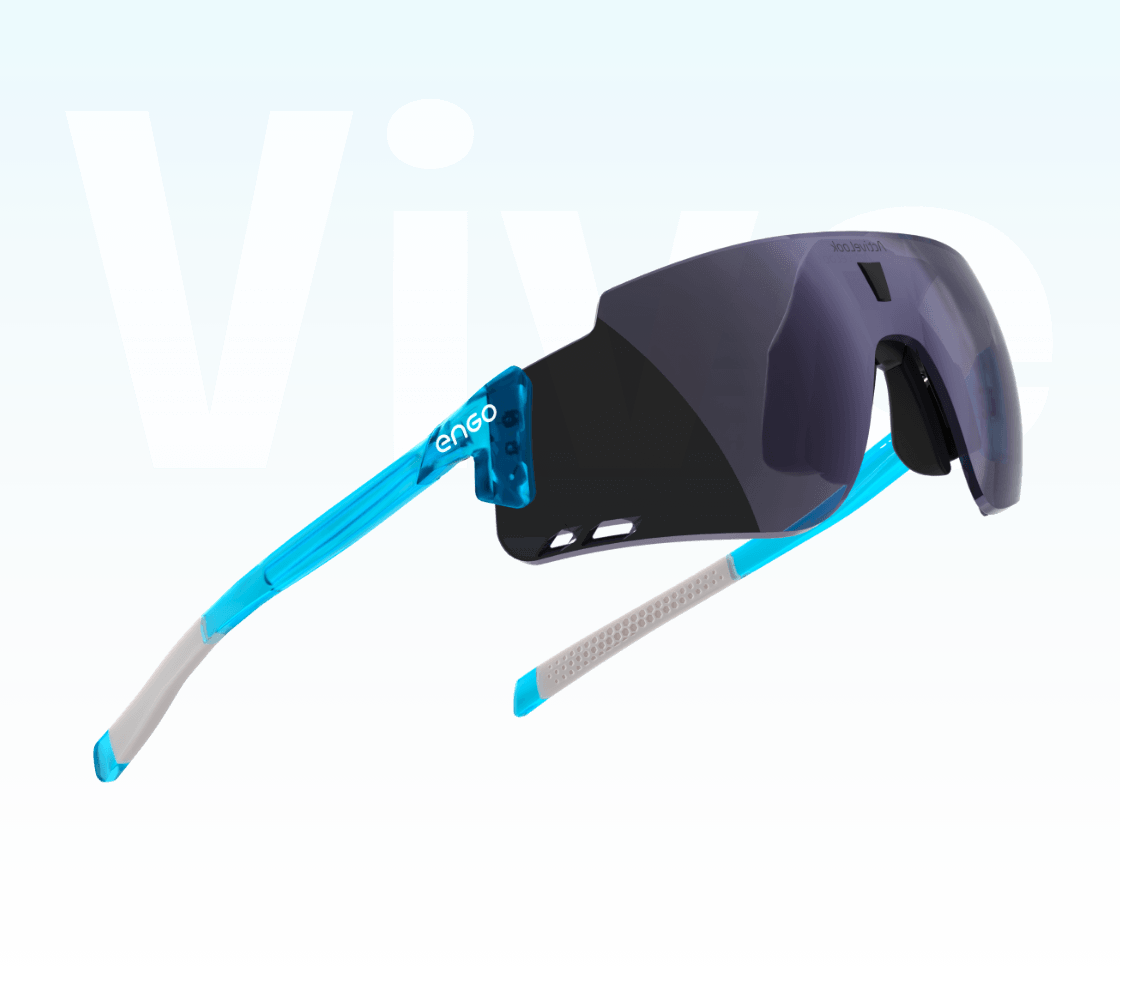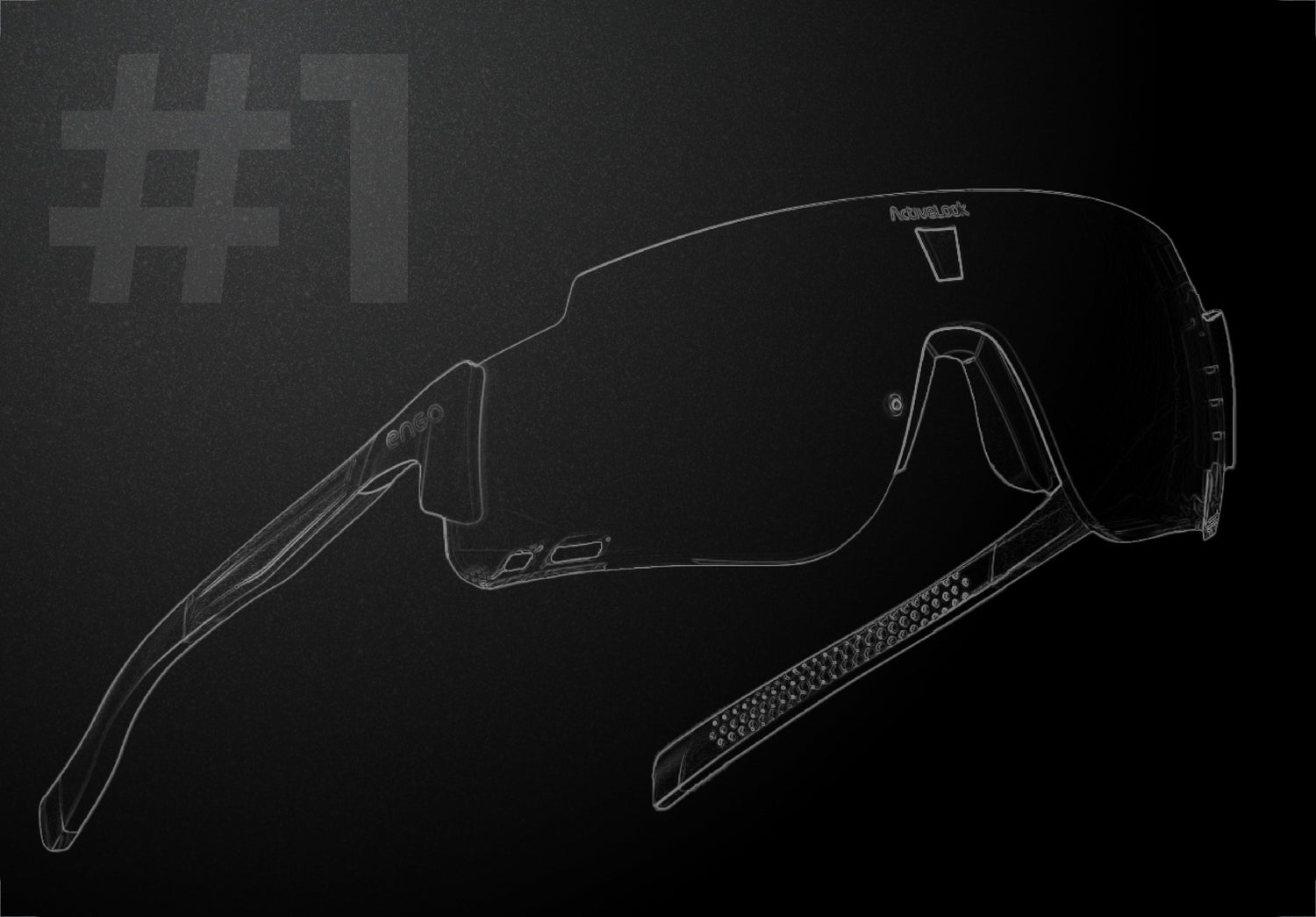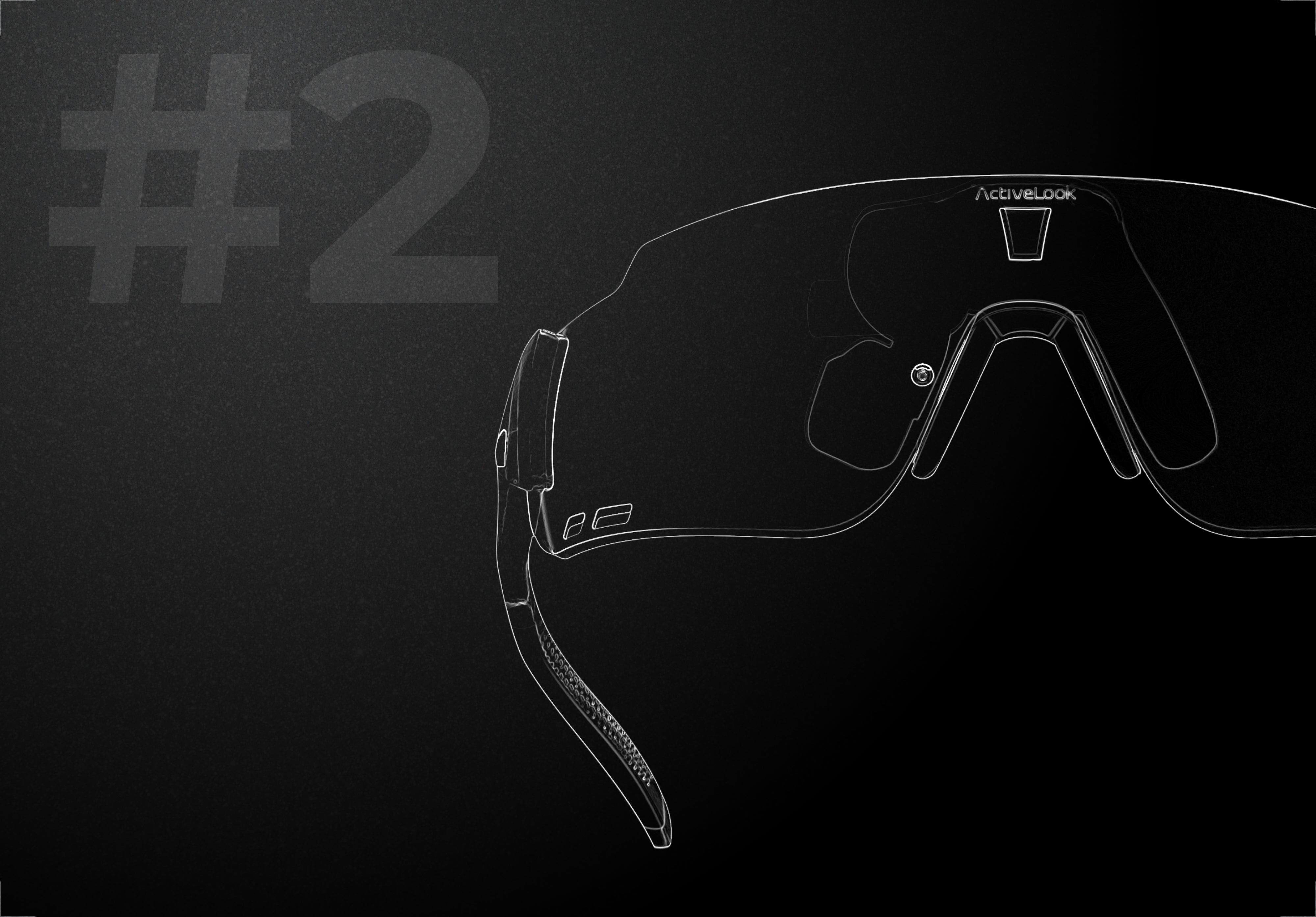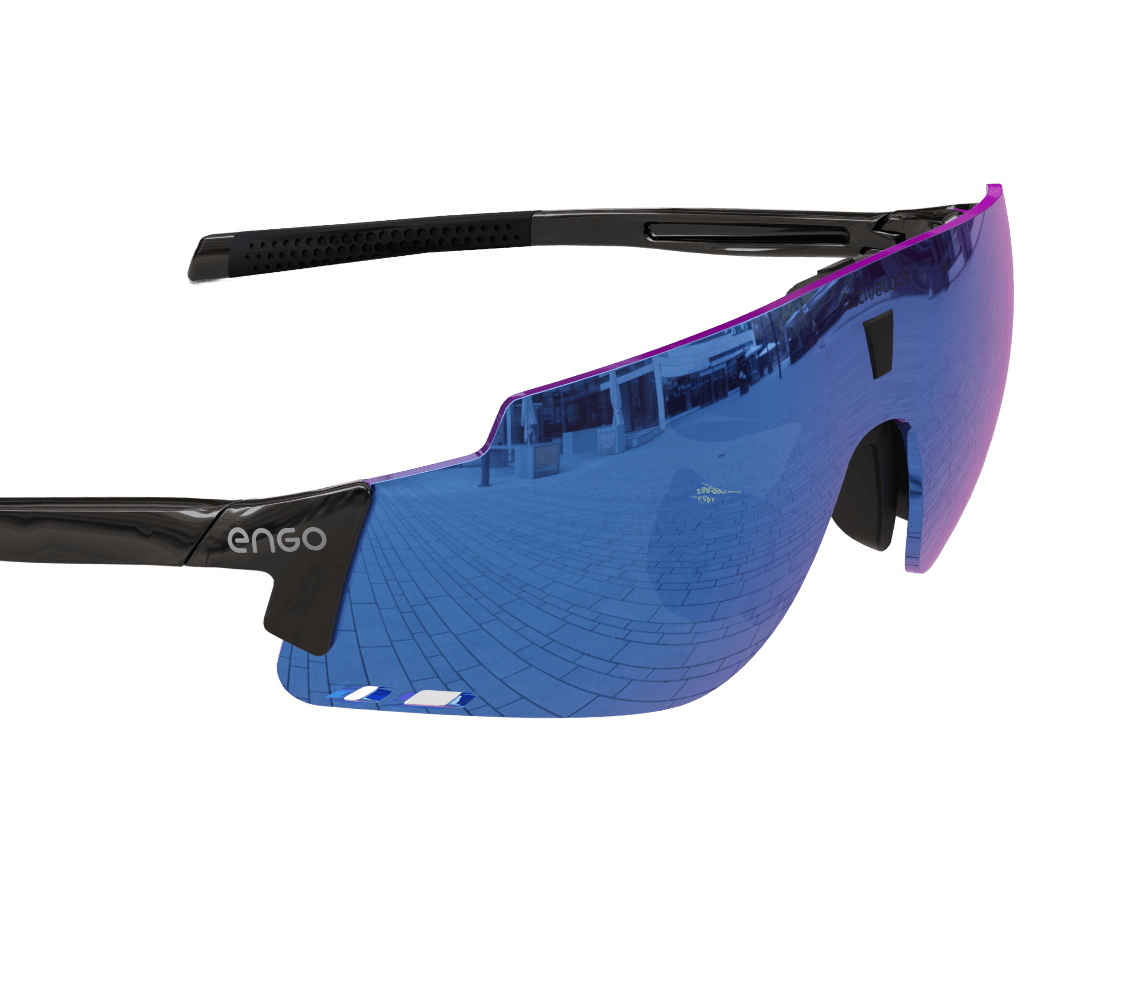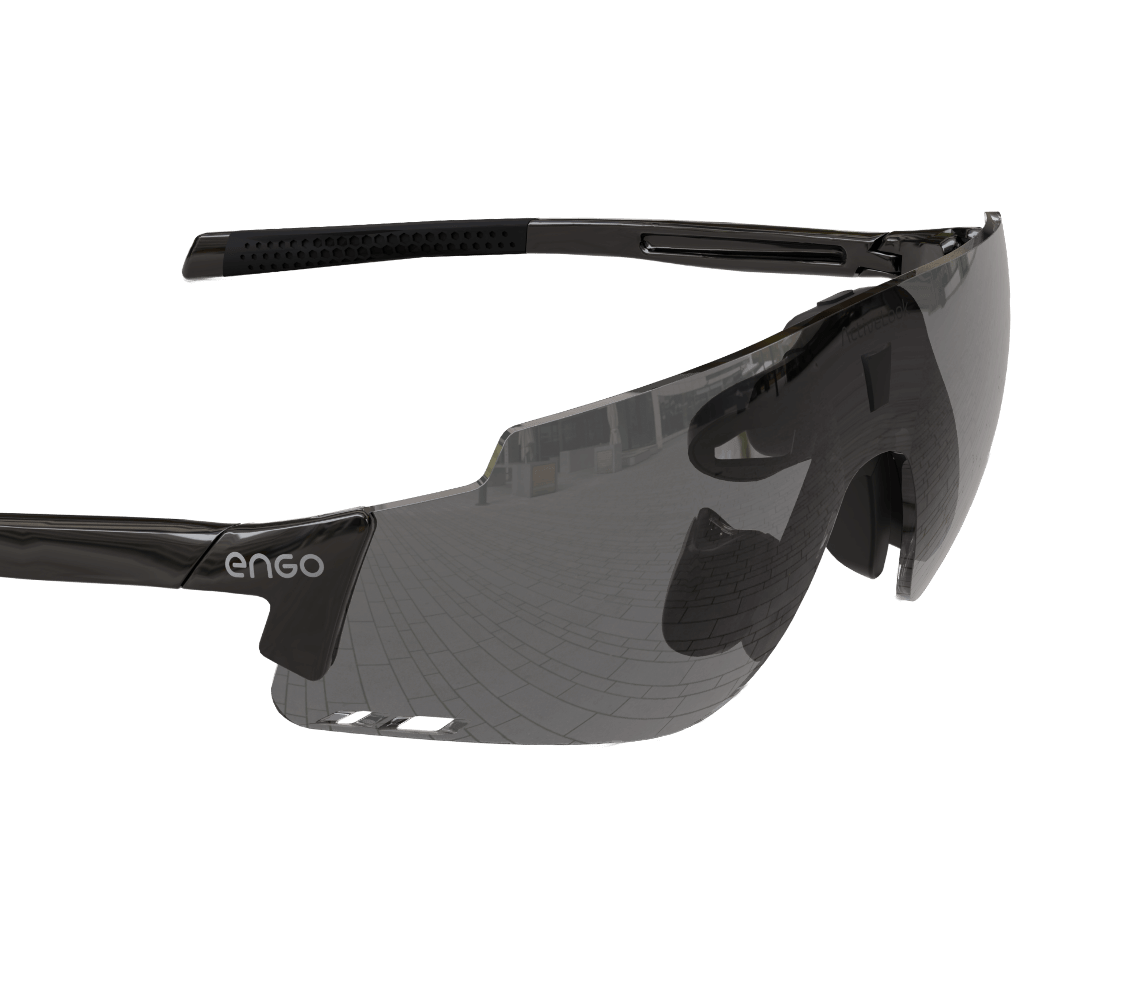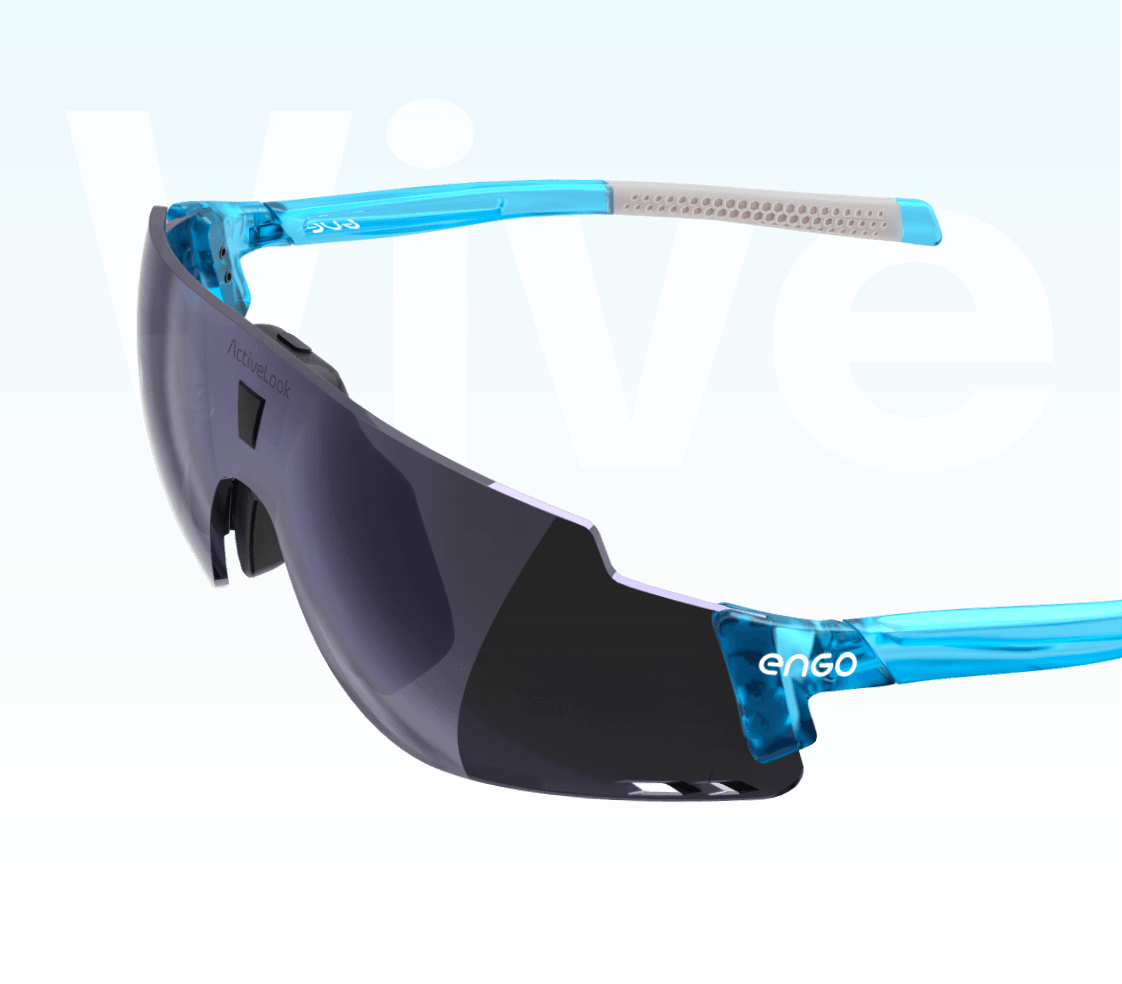
Continuous feedback, the missing key to perfecting running technique?
Real-Time Feedback Revolution: How ENGO Smart Eyewear Transforms Running Mechanics
In the pursuit of peak performance, every millisecond and millimeter counts. Stride efficiency—that elusive combination of optimal cadence, foot strike, and energy conservation—has traditionally been one of the hardest aspects of running to perfect. Until now.
The Mechanics of Efficient Running
Before diving into ENGO's game-changing approach, let's understand what constitutes an efficient stride. Elite runners typically maintain:
- A cadence between 170-190 steps per minute
- Minimal vertical oscillation (1.5-2.5 inches)
- A slight forward lean from the ankles
- A foot strike that lands close to the body's center of mass
- Low ground contact time (≈200 milliseconds)
The challenge? Measuring and adjusting these variables in real-time has been virtually impossible—until ENGO's heads-up display technology.
Instant Biomechanical Feedback
With ENGO, athletes can adjust their stride mechanics while simultaneously receiving instant feedback on performance metrics. This closed feedback loop revolutionizes technique work.
The Neurological Connection
From a physiological perspective, this immediate feedback triggers what scientists call "neuromuscular recruitment patterns"—essentially, your brain learns efficient movement patterns faster through instant reinforcement. Research shows that visual feedback can improve motor learning by up to 42% compared to delayed feedback.
Marathon runner Justin Fiske (2:28 PR) explains: "I've been incorporating ENGO 2 for the past 2 years now to keep me on pace in my hardest tempo, threshold, speed, and goal marathon pace long runs." This real-time data allows Justin to fine-tune his biomechanics while maintaining his target intensity.
Practical Application: The Stride Efficiency Loop
Here's how ENGO creates what exercise physiologists call a "continuous improvement feedback loop":
- Observe current performance - View your running power, pace, and heart rate
- Make technical adjustments - Modify stride length, foot strike, or arm carriage
- Assess impact immediately - See how changes affect your metrics
- Refine and repeat - Continue optimizing based on real data
Olympic speed skater Peter Michael explains his approach: "When you're struggling to keep pushing, seeing your speed and vitals through the lens helps you maintain your pace and keep digging deep. There's no need to look at your watch; just focus and push forward."
Elite Results from Optimized Biomechanics
Troy Woolfolk, a hybrid athlete competing in Hyrox events, shared: "I've been wearing ENGO Eyewear for a month and already hit two PRs in the 5K each time I've worn them. What's great about ENGO is the real-time insights. I don't have to break my stride or disrupt my breathing pattern to check my performance."
This uninterrupted stride maintenance leads to tangible results. According to exercise science research, a mere 3% improvement in running economy can translate to a 1-2% improvement in race performance—potentially minutes off a marathon time.
For serious runners looking to level up their performance, ENGO smart eyewear represents a paradigm shift in biomechanical optimization. By providing immediate feedback on your running mechanics and their impact on performance metrics, it transforms the age-old challenge of stride efficiency into a solvable equation—one step at a time.



